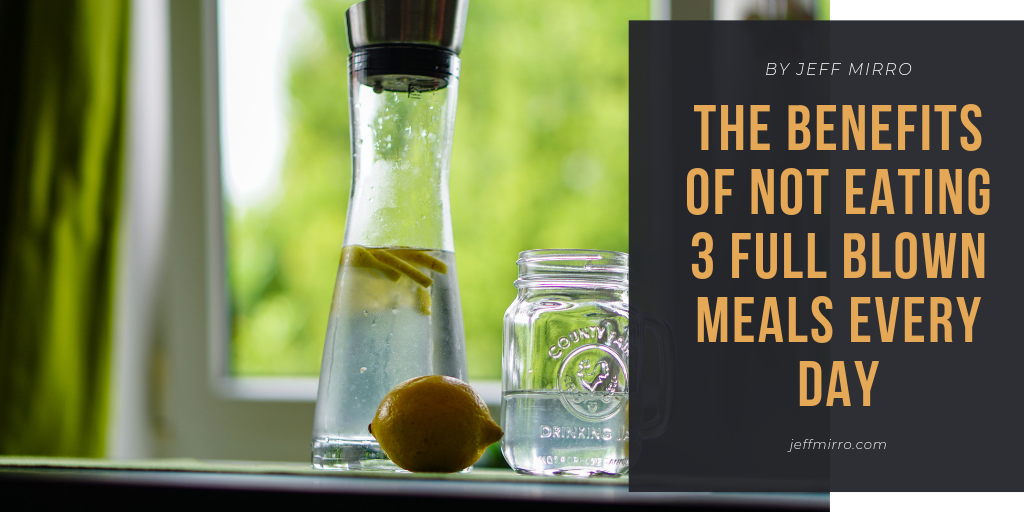Whether you’re dieting to lose weight or just trying to get lean and ripped, chances are you’re spending a lot of time thinking about, planning, or preparing your next meal. What if there was a way to take your mind off your plate and back on your life? That’s what intermittent fasting is. With IF, you don’t eat for a specific period, freeing up the rest of your day for work, play or social activities. It might sound like a radical way of doing things if you haven’t been reading my intermittent fasting blog, but more people are turning to IF as a way to take control of their diets, their health, and their bodies.
OMAD: Don’t Eat for 23 Hours a Day
Eating one meal a day (OMAD) might sound like pure deprivation, but it’s optimal. It alternates extended periods of dry fasting or water fasting with periods of eating. It can also be called 23:1 because you’ll fast for 23 hours and eat and drink for one hour. During that hour, you’ll consume a meal that is nutrient-rich to fuel your body for the next 23 hours. If you’re really looking to ramp up fat loss and weight loss, then I suggest a carnivore or ketogenic meal.
OMAD is really just an intense type of IF, and it’s not so far from our hunter-gatherer ancestors’ eating patterns. They certainly weren’t hunting and gathering for three meals a day! By going back to ancient dietary habits, our bodies can function the way they were meant to function. You won’t have to worry about that mid-afternoon after-lunch slump anymore, and you can skip all that tiresome calorie logging and tracking.
The physical benefits are even bigger. Some studies show that one meal a day can improve the sleeping habits of people who are obese, lower blood sugar levels in those with type two diabetes, improve cardiac health, and boost memory function. With this type of fasting, your inflammation levels will decrease along with your disease risk, and your cells will recycle and repair at a higher rate through the process of autophagy. Your HGH levels will soar, allowing your body to build muscle and torch fat faster.
18:6
If you’re not really ready to cut down to a single meal, that’s okay! You can still try out a less extreme version of intermittent fasting. The 18:6 strategy means you don’t eat for 18 hours and eat during a 6-hour window. You’ll essentially be skipping just one meal a day and limiting foods and drinks during the intermittent dry fasting (or intermittent water fasting) period. It’s less restrictive than 23:1, but you can still enjoy plenty of benefits, including improved insulin sensitivity, better brain function, greater weight loss, and more energy.
You can ease into IF by cutting back on snacks and meals until you’ve reached your desired fasting period. You’ll notice your energy levels increase, your body getting leaner, and your mind getting clearer as you adapt to this new way of life!

